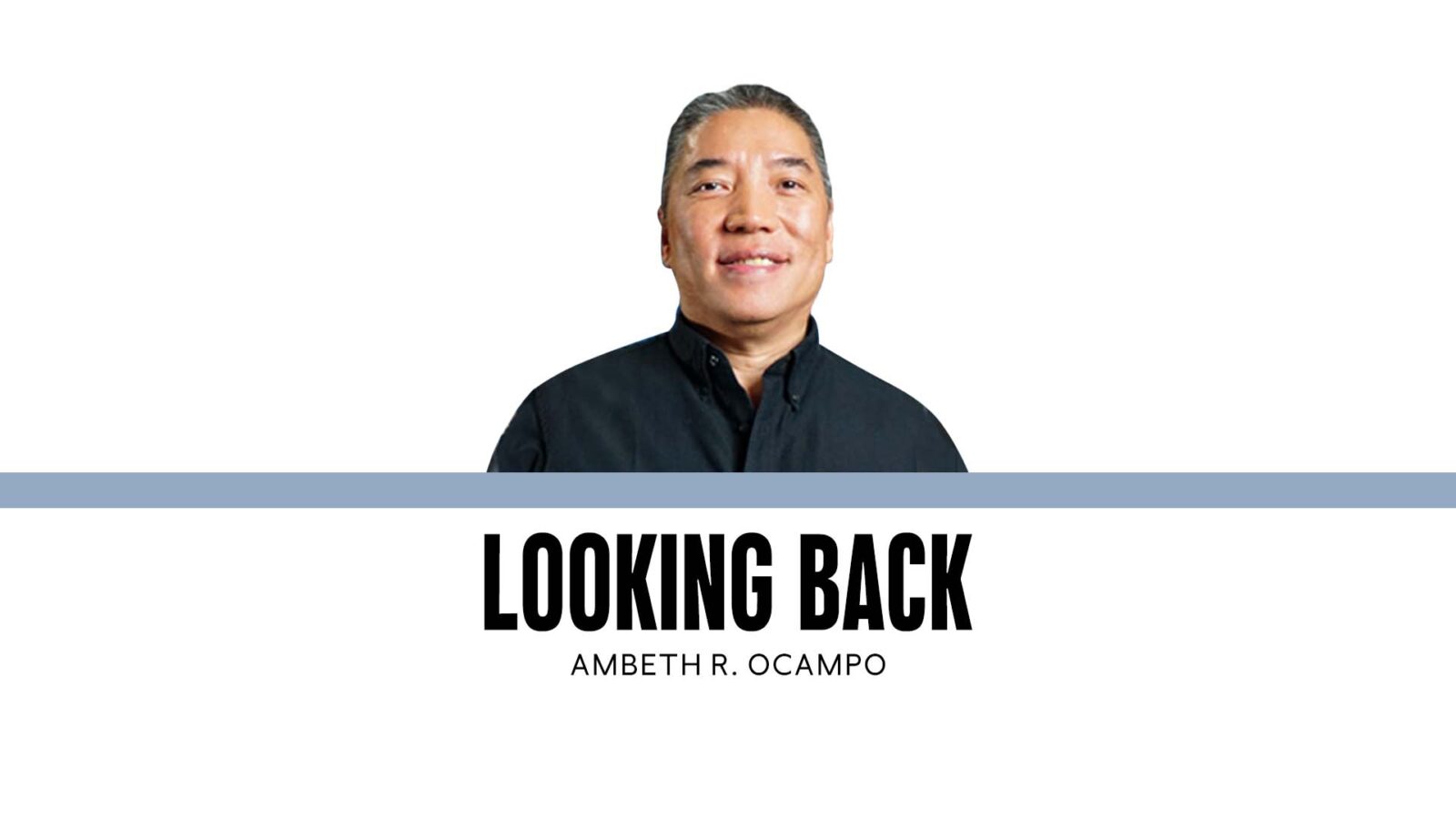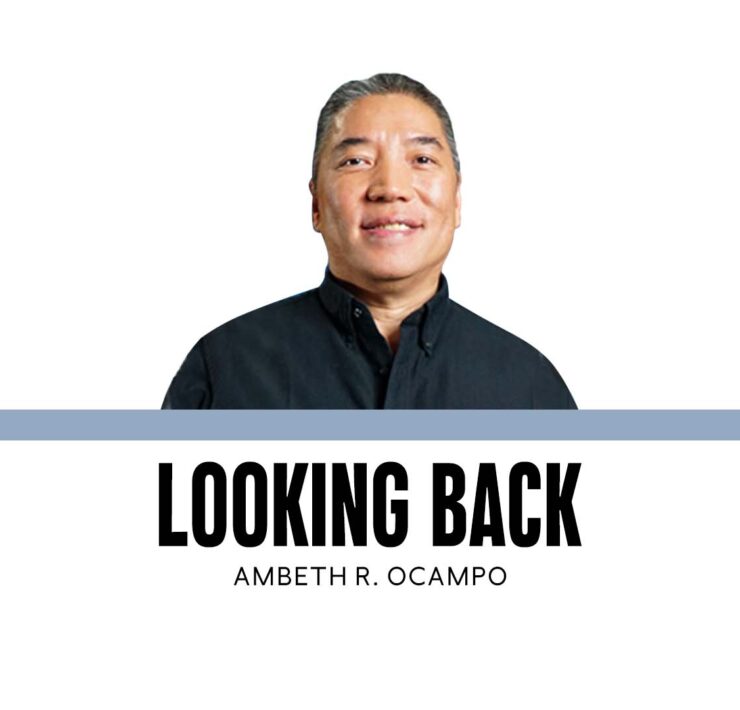Life before AI

Most “old” people use artificial intelligence, or AI, like Google. They ask a question, AI answers. That is the simplest, most basic use of a tool that is slowly shaping our lives, whether we like it or not. In discussions on the use of AI in higher education last year, anxious colleagues did not agree with my position that AI is a tool that we all need to learn to use to move forward. The use of AI for research or writing is still generally seen to be a breach of academic ethics and integrity. I argued that if we follow this line of thinking our colleagues in the sciences and math should ditch calculators and computers for pen, paper, and mental calculation.
I remember the fierce debates that came in the wake of the introduction of affordable Japanese-made pocket calculators in the Philippines. Our grade school math teachers were horrified that the tasks they tortured their students with could then be easily accomplished in seconds. Math teachers at the time believed calculators would dull our minds because they made the multiplication table obsolete. A lone voice spoke in favor of calculator use: our teacher, Mr. Bustamante, who argued that if the principles of math were properly taught and understood, along with calculator use in the primary grades, we would be doing integral calculus by Grade 6. Half a century later, even with calculators, calculus at Grade 6 is still an unreachable dream.
The issue was later reduced not to calculator use, but to the unfair advantage this gave to those whose parents could afford one. The solution was that calculators would be allowed during tests, provided every student had one. In those early days, calculators were battery-operated and had a luminous screen; those powered by light with more legible liquid crystal screens were like science fiction.
In those days, it was difficult to get a telephone line; many had to endure the “party line,” literally shared by two subscribers, which brought out the worst in Filipino behavior. There was no established phone etiquette, so people in conversation would hog the line for hours. We called that “telebabad,” and got angry when the party line interrupted to ask for time on the phone. People would fight over the shared line, exchange expletives, and hang up the phone so the party line could not be used. Long-distance calls were expensive and required passing through an operator. All that seems Jurassic now, in the age of smartphones and messaging apps, like Viber or WhatsApp, that allow international video calls for free.
As an Apple user since high school, I was devastated when I stepped into college, where some teachers refused to accept a dot matrix printout of my papers because it was technically not “typewritten.” With Doreen Fernandez as my freshman English teacher, I learned to love research, but dreaded writing it up because it had to be typewritten with footnotes, endnotes, and bibliography using “Turabian.” This was the kiddie version of the University of Chicago citation style aimed at college research papers that are not meant for publication in academic journals. When my nieces were into the spells and incantations of Harry Potter, I added some to their repertoire that came from my college research papers: ibid. (ibidem “in the same place), loc cit (loco citato “in the place cited”), op cit (opere citato “in the work cited”), inf (infra “below”), sup (supra “above”), etc. To this, I also added what I saw in my grandmother’s prayer books, uttered forcefully as “nihil obstat” (no objection) and “imprimatur” (let it be printed).
The first challenge in the freshman English paper was typing out the body of the text within invisible margins on short bond paper. This was done by drawing a heavy black border on a piece of paper with a broad-tipped Pentel pen and using this as a guide behind the paper you were typing on. More complicated were the footnotes that required delicate turning of the platen knob to put them in place. Mistakes were fixed with white eraser ribbons or ink. Things are simpler today, with Microsoft Word that can literally cut-and-paste text and automatically place and number footnotes. Citations are handled by the Zotero app.
While all these trials in school and university formed me into the historian I am today, I do not wish these on my students. AI challenges higher education to rethink the assessments we have been doing for decades. Reading assignments and reports, which are staples of university life, were first challenged by “CliffsNotes” that provided summaries and analyses of required texts. Now, AI can take a “deep dive.” Students can tune out of class lectures by recording a professor and asking AI to transcribe, summarize, analyze, and reduce everything to bullet points. AI requires basic skills, like reading long texts. AI-generated summary and analysis remain in the smartphone, not in the mind. AI requires critical thinking to validate the information provided and to know whether AI is correct or wrong. AI learns from your questions and prompts. Will it be able to write my columns? That remains to be seen.
—————-
ambeth.ocampo@inquirer.net
Ambeth is a Public Historian whose research covers 19th century Philippines: its art, culture, and the people who figure in the birth of the nation. Professor and former Chair, Department of History, Ateneo de Manila University, he writes a widely-read editorial page column for the Philippine Daily Inquirer, and has published over 30 books—the most recent being: Martial Law: Looking Back 15 (Anvil, 2021) and Yaman: History and Heritage in Philippine Money (Bangko Sentral ng Pilipinas, 2021).


















Tech monster is here, yet many unaware